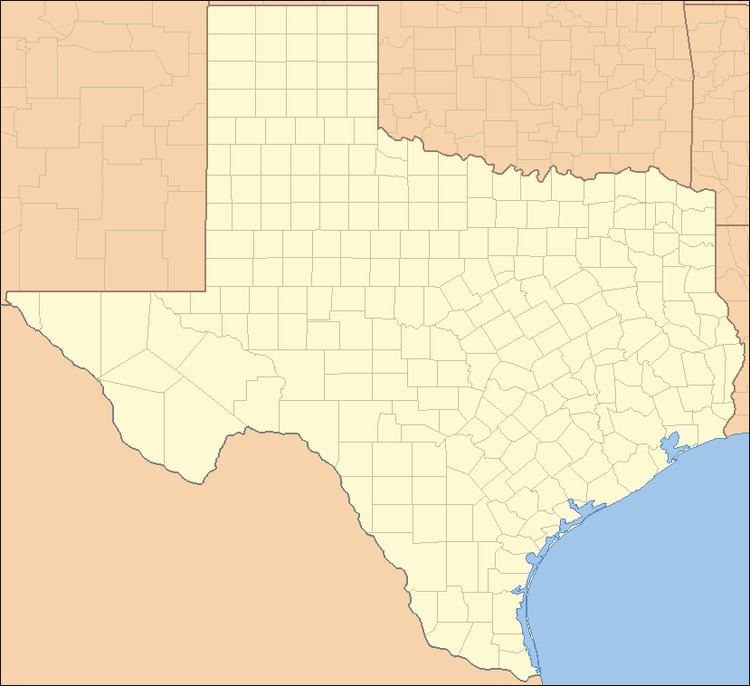 | ||
In 48 of the 50 states of the United States, the county is used for the level of local government immediately below the state itself. Louisiana uses parishes, and Alaska uses boroughs. In several states in New England, some or all counties within states have no governments of their own; the counties continue to exist as legal entities, however, and are used by states for some administrative functions and by the United States Census bureau for statistical analysis. There are 3,142 counties and county equivalent administrative units in total, including the District of Columbia.
Contents
- Count
- Nationwide population extremes
- Nationwide land area extremes
- Smallest largest and average area per state
- Most densely populated
- Least densely populated
- Population density per state
- References
There are 41 independent cities in the United States. In Virginia, any municipality that is incorporated as a city legally becomes independent of any county. Where indicated, the statistics below do not include Virginia's 38 independent cities.
In Alaska, most of the land area of the state has no county-level government. Those parts of the state are divided by the United States Census Bureau into census areas, which are not the same as boroughs. The state's largest statistical division by area is the Yukon–Koyukuk Census Area, which is larger than any of the state's boroughs. Although Anchorage is called a municipality, it is considered a consolidated city and borough.
Count
Lists of counties and county equivalents by number per political division:
Nationwide population extremes
These rankings include county equivalents.
Nationwide land area extremes
The following tables exclude county equivalents. The largest counties and county equivalents are organized boroughs and the census areas of Alaska with the top two being Yukon–Koyukuk Census Area (145,504.79 sq mi or 376,855.7 km2) and North Slope Borough (88,695.41 sq mi or 229,720.1 km2). The smallest counties and county equivalents are the independent cities of Virginia with the extreme being Falls Church (2.00 sq mi or 5.2 km2).
If independent cities are included, Falls Church becomes the smallest county in the state, and in fact the smallest county-level political subdivision in the United States, at 2.0 square miles (5.2 km2).
Smallest, largest and average area per state
This list excludes Alaskan Census Areas, but includes other county equivalents. The North Slope Borough is the largest independently incorporated county equivalent. The Unorganized Borough is substantially larger, but is an extension of the State of Alaska government and not independently incorporated.
Most densely populated
Data presented below is based on U.S. Census department data from 2010. Calculations are made by dividing the population by the land area. All county equivalents are included.
Least densely populated
This list generated by dividing the population by the land area. All county equivalents are included. The list is dominated by just a few states: Alaska, Montana, and Texas together comprise about two-thirds of the entries. The Unorganized Borough is not included here as a unit, but its census areas (non-governmental entities) are. If the census areas were removed from the list, the Unorganized Borough would rank fourteenth with a density of 0.38 per square mile (0.15/km2).
Population density per state
Data presented below is based on U.S. Census Bureau data from 2010. Calculations are made by dividing the population by the land area. All county equivalents are included.
Excluding the census areas of Alaska, Lake and Peninsula Borough is the least densely populated county equivalent with 0.069/sq mi (0.027/km2).
